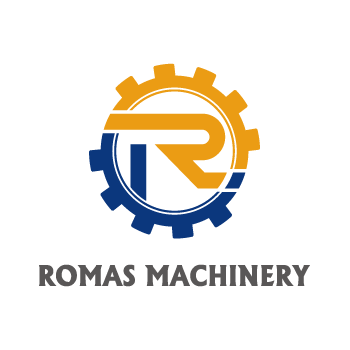Vacuum forming has been used for nearly a century to make many of the products we see and use daily. From grocery store items to car parts, vacuum-formed components are all around us. But how are they made – and how is 3D printing making them better?
Vacuum forming is a type of thermoforming in which heat is used to form a design. Thermoforming processes include vacuum forming, pressure forming, and twin sheet forming. Each of these processes uses a mold or mold to shape heated sheets of plastic into the desired form.
Pressure-forming methods require that the plastic sheet be pressed between two molds and then heated to assume the shape. Two plastic sheets are heated and fused together in twin-sheet forming to form double-walled or hollow parts.
Vacuum forming is the simplest of the thermoforming methods, using only one mold at a time. As the name might indicate, vacuum forming relies on a vacuum, as suction applied to the heated plastic sheet will draw it around the mold to create the appropriate contouring.
The vacuum forming process comprises a few relatively straightforward steps:
- Clamp a plastic sheet in a frame
- Heat the plastic sheet to the point the plastic is workable – soft enough to take on a new shape, but not heated to the point of melting or losing its integrity.
- Apply vacuum to pull the plastic around the mold, shaping the heated sheet to the desired contours.
- Allow the plastic to cool before removing it from the mold. This may be expedited for large pieces using fans or cool mists.
- Trim excess plastic and smooth edges to final part quality.
Different plastics used in the thermoforming process are applicable for different uses. For a clear plastic salad box, you wouldn’t need the same high-impact strength as you would for an outdoor sign, while a car bumper still needs more durability. Below is a list of plastic that is highly preferred for the thermoforming process:
- Polypropylene (PP)
- Polycarbonate (PC)
- ABS (Acrylonitrile Butadiene Styrene)
- High-density polyethylene (HDP)
- Polystyrene (PS)
- Polyvinyl chloride (PVC), and more.
Some applications of vacuum forming thermoforming machines are listed hereunder:
- Advertising equipment, light box, acrylic sign, logo, etc
- Decoration equipment
- PC industry
- Album production
- Packing industry
- Auto appliance industry, and more.
Contact us to buy vacuum forming thermoforming machines at wholesale costs. At Romas Machinery, we design each machine with superior-quality parts. Visit or contact us to learn more about us.





